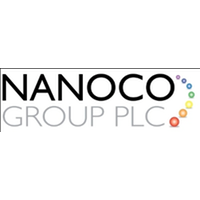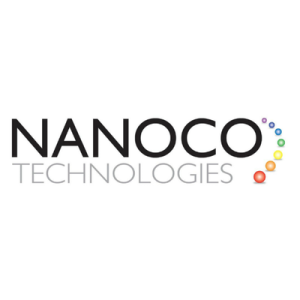During FY22, Nanoco began to scale up its programme to deliver nanomaterials to its major European customer. It also made good progress in its legal action against Samsung for wilful infringement of its IP, with a positive judgement from the inter partes reviews (IPRs) on the five patents in the case. Importantly, the £5.4m raised in June extends the cash runway for nanomaterial development and scale-up activities into CY25, which is beyond the point Nanoco expects organic activities to be self-financing.
Cash runway extended into CY25
As flagged in the August trading update, FY22 revenue totalled £2.5m (FY21: £2.1m), with £2.4m of this generated from Sensing applications, primarily driven by the company’s major European customer, which Edison have previously inferred is ST Microelectronics (ST). EBITDA losses (adding back National Insurance accruals on share-based payments) narrowed to £2.1m y-o-y from £2.8m, reflecting the higher revenues and cost-saving initiatives.
Nanoco Group PLC (LON:NANO) leads the world in the research, development and large-scale manufacture of heavy metal-free nanomaterials for use in displays, lighting, vertical farming, solar energy and bio-imaging.


